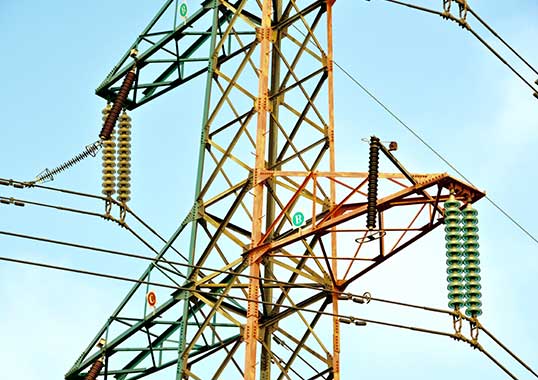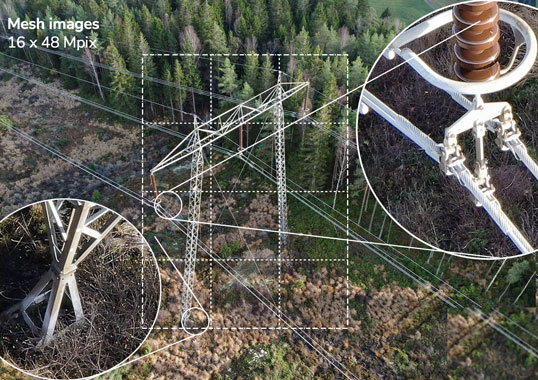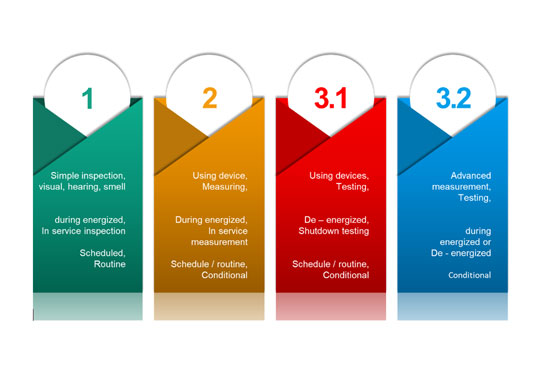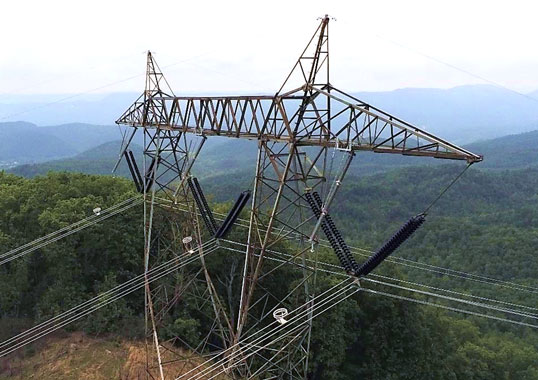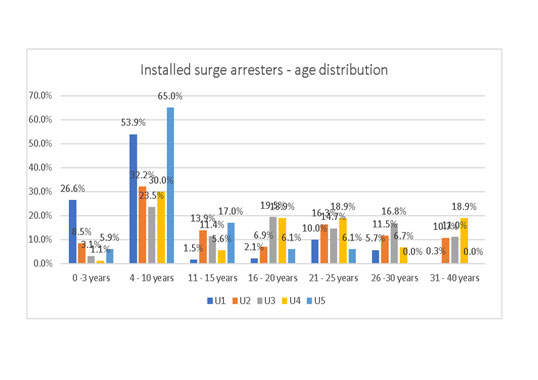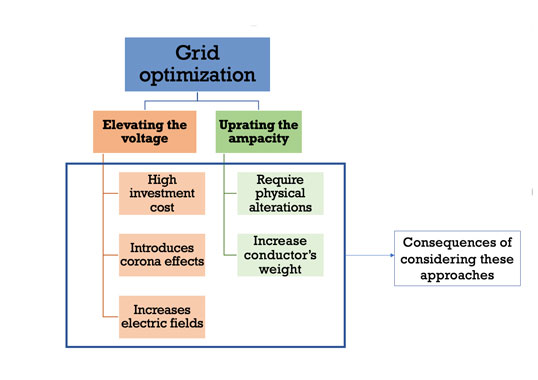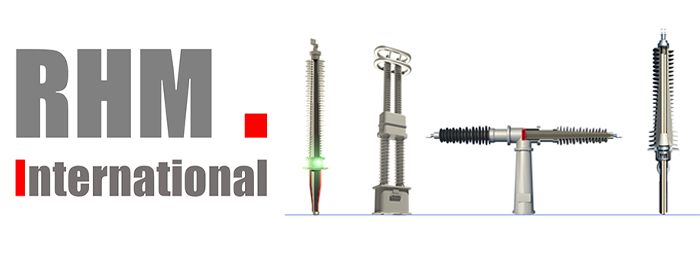Development & Application of Polymeric Surge Arresters for Transmission Lines by Jinliang He
According to data on power system failures, lightning is the most significant cause of power grid trip-outs in China. Moreover, total average lightning trip-out rate over 5 years reached about 62% of all transmission line trip-out faults. For example, recent lightning trip-out failure rates on 110 kV, 220 kV and 500 kV lines in the southeastern Province of Guangdong were 68.7%, 47.8% and 60.3% respectively. In spite of this data, lightning protection performance of transmission lines has been improving greatly due to application of polymeric-housed ZnO line arresters that are being put into operation in parallel with insulators to limit overvoltages. This presentation addresses some of the key issues necessary for line arresters to achieve the most effective lightning protection of a transmission line, including the design principle of series gaps as well as insulation coordination between the line arresters and the insulator strings. The so-called ‘transverse discharge’ phenomenon caused by the proximity effect of the discharging ring of the line arrester is also introduced as is selecting the correct distance between line arrester and insulator string. Another topic discussed is development of high voltage gradient ZnO varistors to allow reduced length of line arresters.

